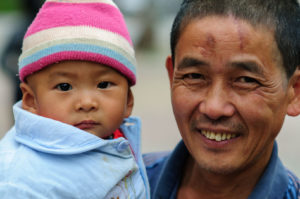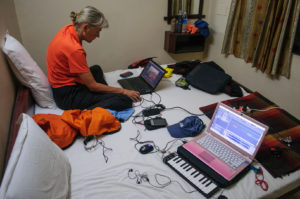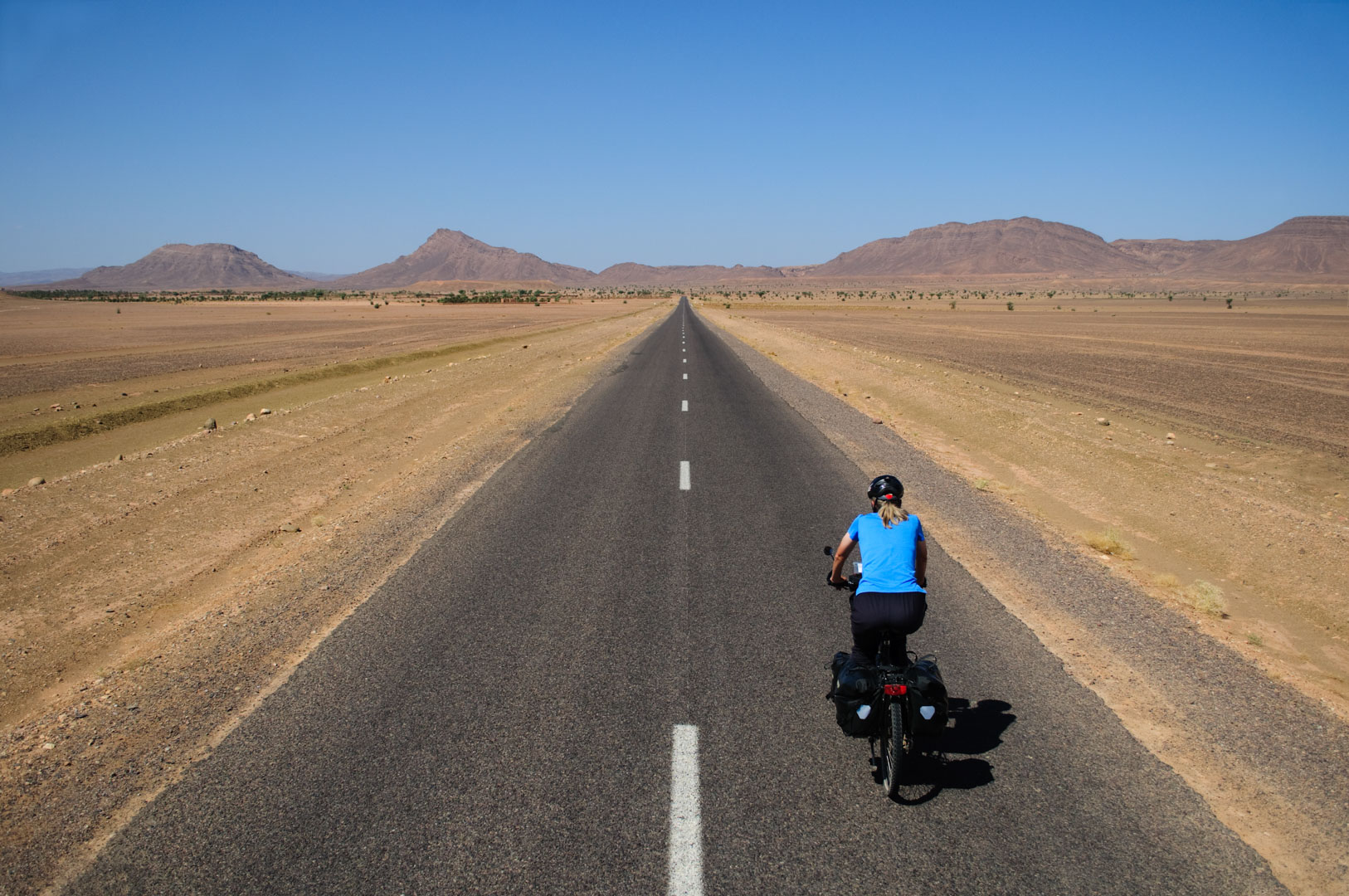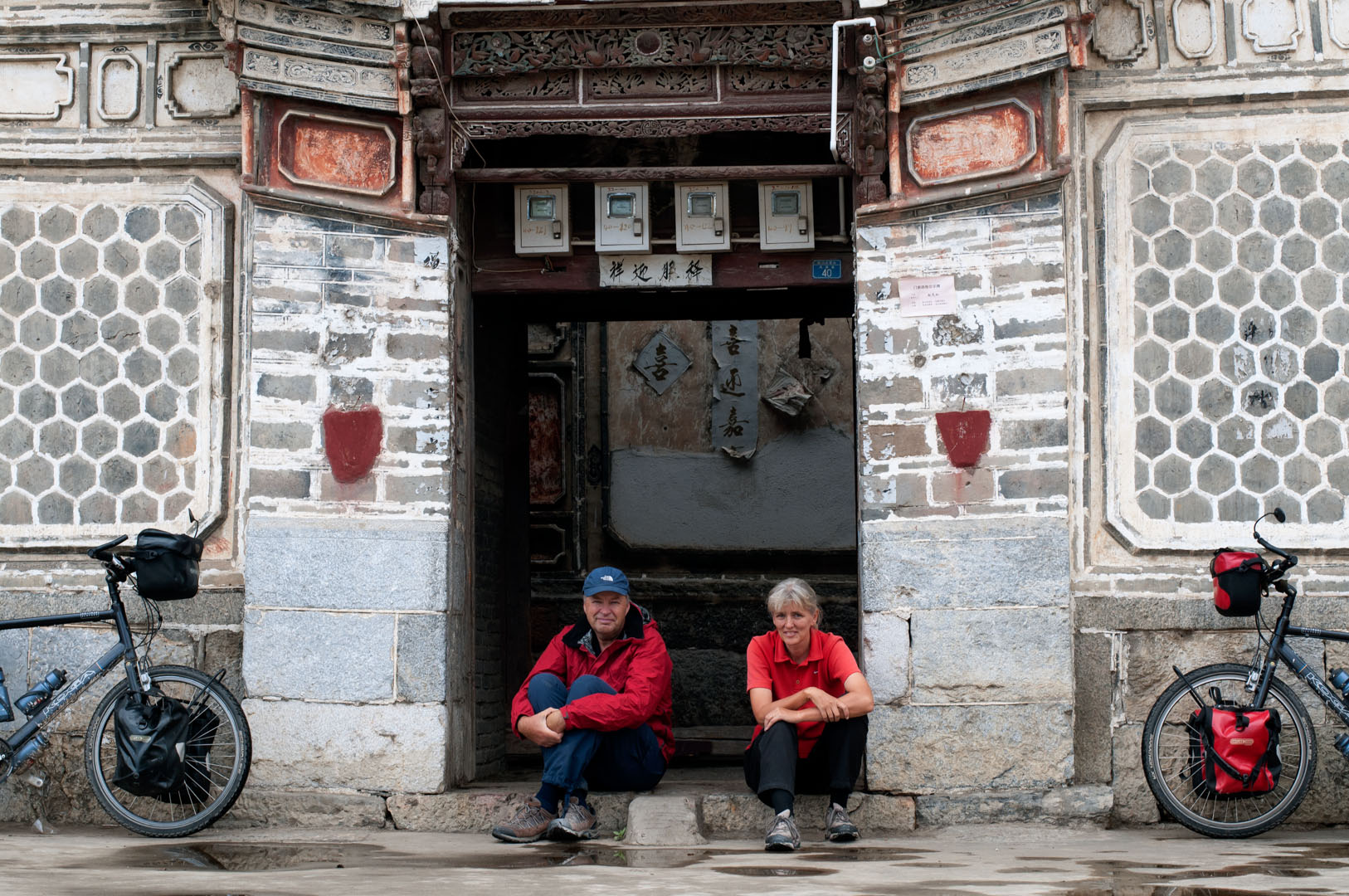
“There are as many different ways of making an enjoyable bicycle journey as there are stars in the sky. I’ve yet to meet two cyclists who could agree on what equipment to carry.” ~ Nicholas Crane
The same holds true for cycling photographers. The amount and weight of camera equipment that you want to carry is dependent on a number of factors such as how much you plan on using your camera and what type of images you want to take.
A good starting point in deciding which gear to bring is to visit the website of Cass Gilbert. He regularly reviews different types of cameras, lenses and how they have performed on tour.
A few tips for on the road:
When cycling through deserts it’s important to regularly check that your digital camera sensor is free of dust. This can be done by photographing a clear sky and inspecting the picture afterward. Dust spots can easily be removed from the sensor with an arctic butterfly.
Wrap pieces of brightly colored tape around your camera’s electrical cables. This way it’s easier to differentiate them from your hotel’s electrical cords and you’re less likely to leave them behind.
Download our free Bicycle Touring Photography guide. It’s full of tips and tricks that will aid you in shooting better cycling images.
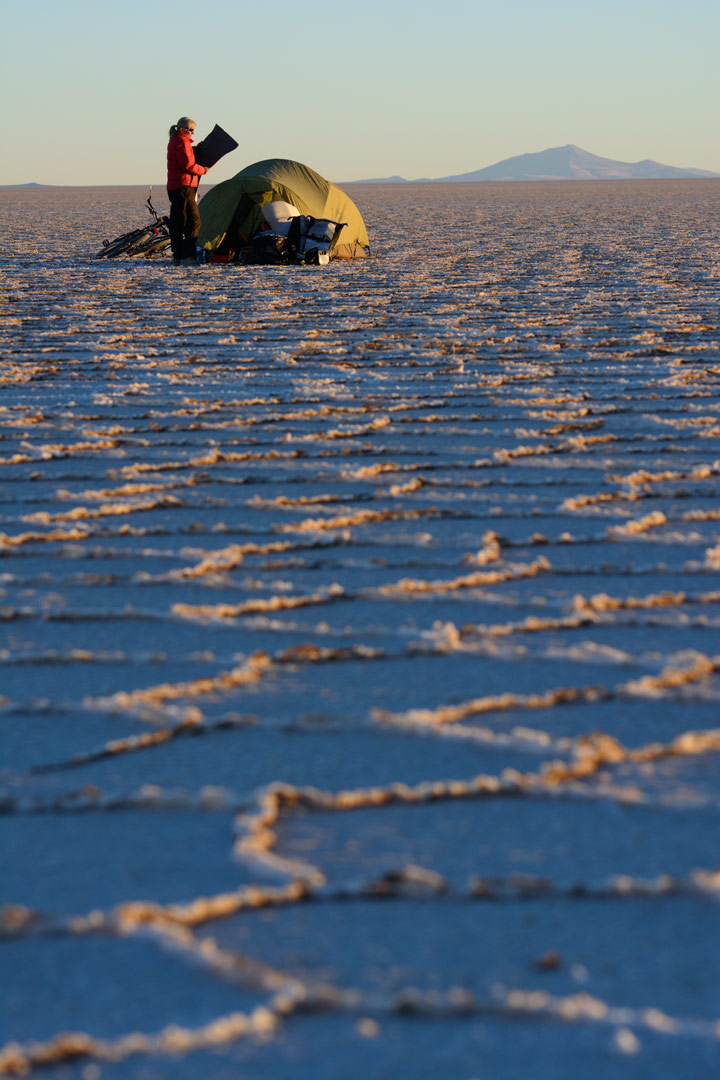 When taking camping photos, you should spend some extra time studying how your partner looks through the camera viewfinder. Are they kneeling down to adjust a tent zipper or just bending over with their butt in the air?
When taking camping photos, you should spend some extra time studying how your partner looks through the camera viewfinder. Are they kneeling down to adjust a tent zipper or just bending over with their butt in the air?


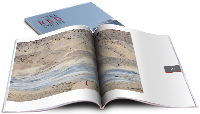
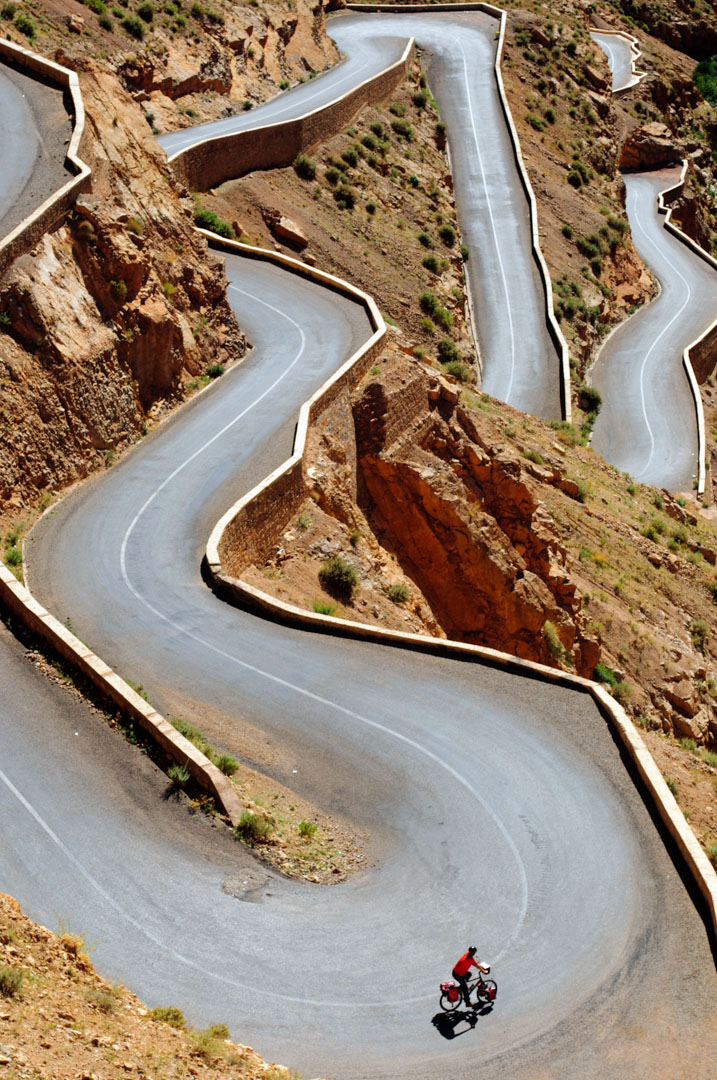 Sure you want to take a picture of the entire downhill, but why not also zoom in on the switchbacks?
Sure you want to take a picture of the entire downhill, but why not also zoom in on the switchbacks?
